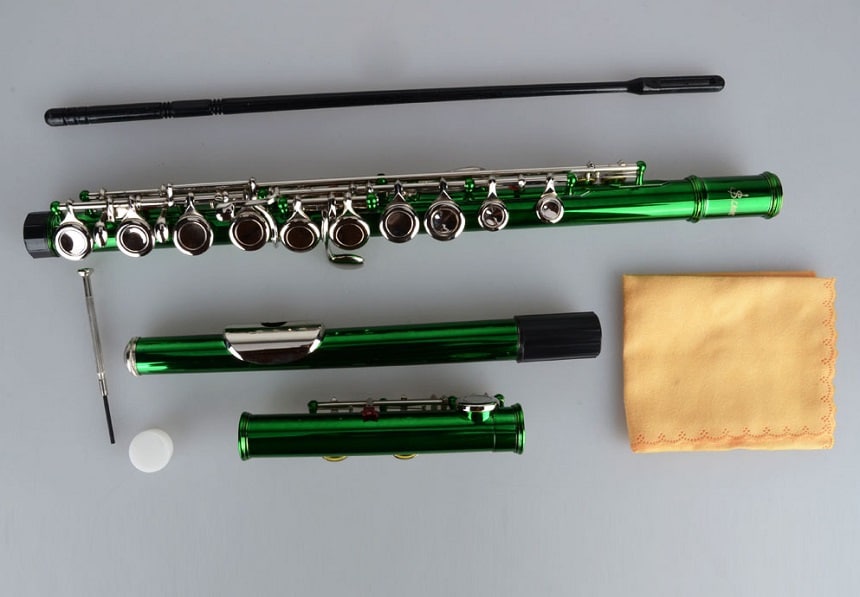You don’t have to play professionally to be a responsible player, and a responsible clarinet player should know how to clean a clarinet. Even the best clarinet cannot function as well or for as long if it isn’t adequately taken care of and maintained.
There is no way you can prevent a saliva buildup after using a clarinet. This is one of the reasons why you have to be well versed in disassembling and cleaning each part of the instrument. Whether you are only going to be storing the instrument for a day or a year, certain steps and precautions must be taken to maintain the instrument’s health and, in some cases, yours too.
For instance, mold can grow on instruments that are not properly cleaned, causing a fungal infection known as a saxophone lung Trusted Source Melody malady: Clarinet player develops 'saxophone lung' from fungus A Dixieland band player who didn’t clean his clarinet for 30 years is recovering from a year-long allergic reaction caused by fungus that grew inside the reed instrument, experts said. www.nbcnews.com . It is for this sort of reason and more that care must be given to the instrument.
If you are ready to clean your clarinet, there is one thing to keep in mind; the clarinet has to be cleaned in its assembled form as well as after disassembling. This cleaning is, however, not a one for all process, and most parts of the instrument would have to be treated differently to ensure the best result is gotten.
The first step in the cleaning of a clarinet is to swab the assembled clarinet. This is relatively straightforward. After use, the reed, ligature, and the clarinet mouthpiece should be removed from the barrel, and the insides of the instrument should be swabbed from the barrel to the bell.

To clean each piece of the clarinet thoroughly, the entire instrument would first have to be disassembled. The disassembling and cleaning of the clarinet can be done from top to bottom by following these steps:
If the clarinet case is spoilt or damaged, new ones can be bought without instruments. An example of this is Protec’s bass clarinet case.
The clarinet is a well-crafted musical instrument and should be handled with sufficient care to match its design precision. To achieve this, it must be assembled carefully; it must be disassembled the same way and, most importantly, cleaned regularly and maintained well.
There are brands of clarinet that come in sturdy cases and with a full complement of cleaning materials. One of these is the YCL-450 clarinet from Yamaha.
I hope this piece went a long way in showing you how to clean a clarinet. However, the larger goal of maintenance would still require the cleaning of the clarinet to be carried out with materials that are less likely to cause damage later on.